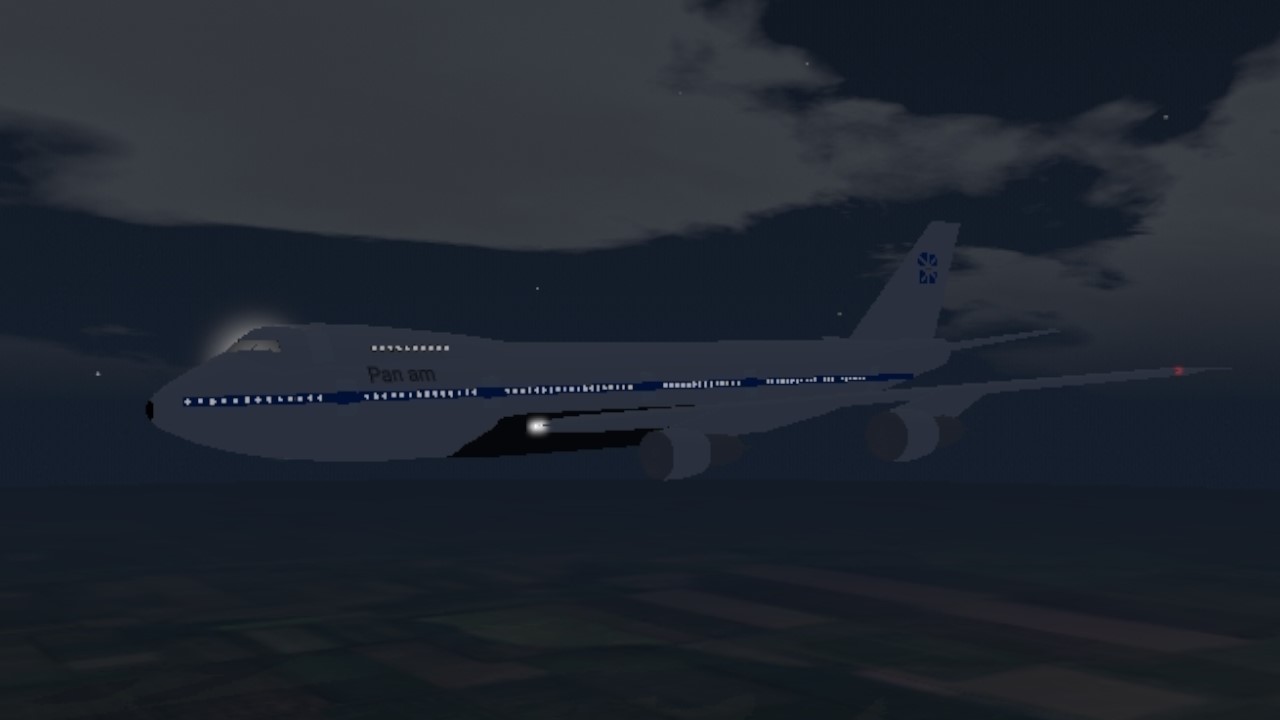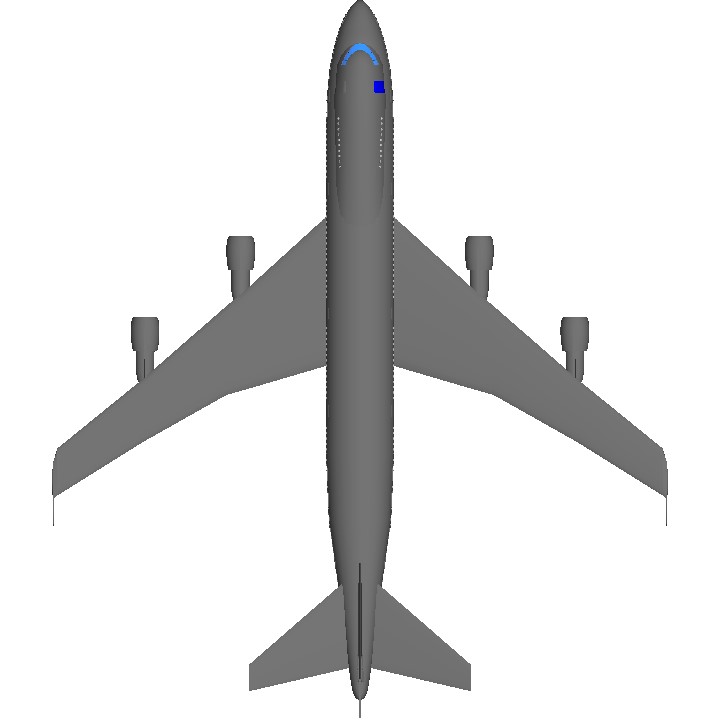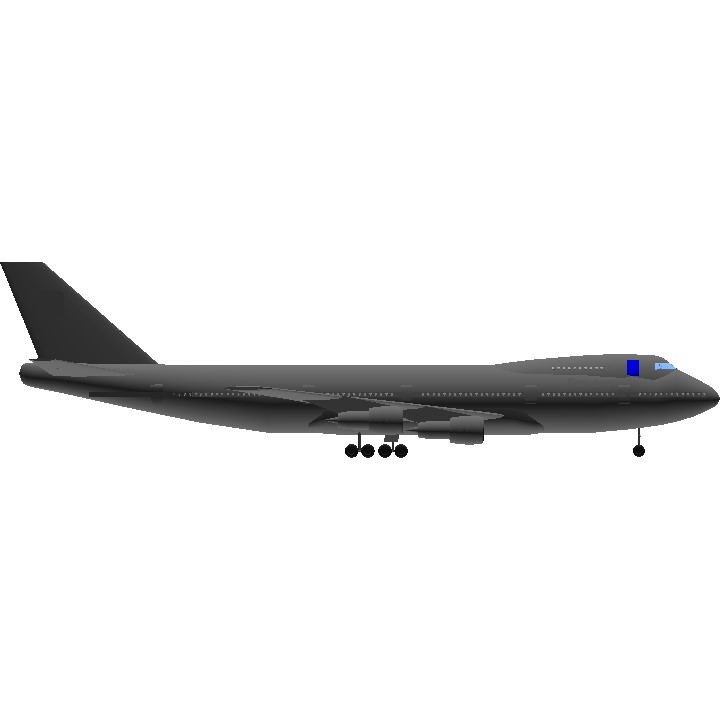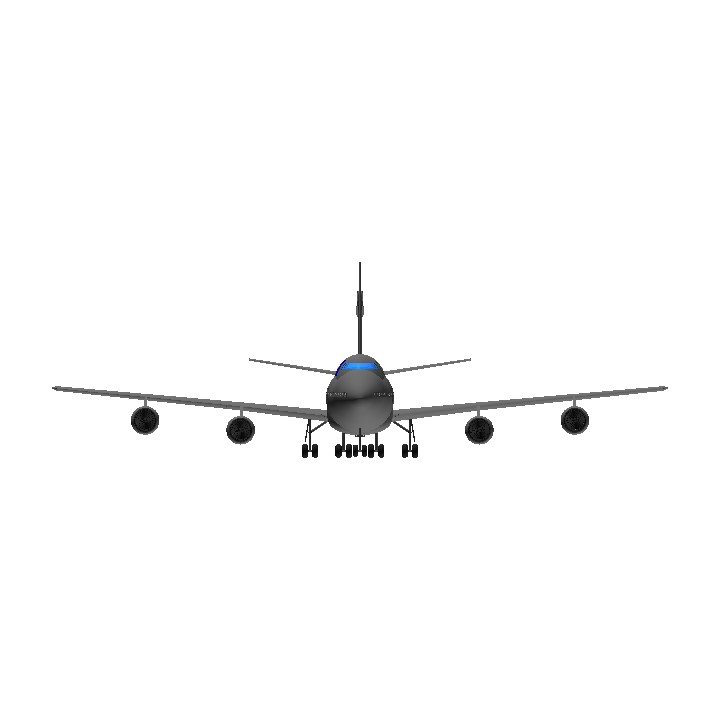Pan American World Airways, originally founded as Pan American Airways[2] and commonly known as Pan Am, was an airline that was the principal and largest international air carrier and unofficial overseas flag carrier of the United States for much of the 20th century. It was the first airline to fly worldwide and pioneered numerous innovations of the modern airline industry, such as jumbo jets and computerized reservation systems.[3][4] Until its dissolution on December 4, 1991, Pan Am "epitomized the luxury and glamour of intercontinental travel",[5] and it remains a cultural icon of the 20th century, identified by its blue globe logo ("The Blue Meatball"),[6] the use of the word "Clipper" in its aircraft names and call signs, and the white uniform caps of its pilots.Founded in 1927 by two U.S. Army Air Corps majors, Pan Am began as a scheduled airmail and passenger service flying between Key West, Florida, and Havana, Cuba. In the 1930s, under the leadership of American entrepreneur Juan Trippe, the airline purchased a fleet of flying boats and focused its route network on Central and South America, gradually adding transatlantic and transpacific destinations.[7] By the mid-20th century, Pan Am enjoyed a near monopoly on international routes.[8] It led the aircraft industry into the Jet Age by acquiring new jetliners such as the Boeing 707 and Boeing 747. Pan Am's modern fleet allowed it to fly larger numbers of passengers, at a longer range, and with fewer stops than rivals.[9] Its primary hub and flagship terminal was the Worldport at John F. Kennedy International Airport in New York City.[4]
During its peak between the late 1950s and early 1970s, Pan Am was known for its advanced fleet, highly trained staff, and amenities.[10] In 1970, it flew 11 million passengers to 86 countries, with destinations in every continent except Antarctica. In an era dominated by flag carriers that were wholly or majority-owned by governments, Pan Am became the unofficial national carrier of the United States. It was a founding member of the International Air Transport Association (IATA), the global airline industry association.[11]
Beginning in the mid-1970s, Pan Am began facing a series of challenges both internal and external, along with rising competition from the deregulation of the airline industry in 1978. After several attempts at financial restructuring and rebranding throughout the 1980s, Pan Am gradually sold off its assets before declaring bankruptcy in 1991. By the time it ceased operations, the airline's trademark was the second most recognized worldwide,[12] and its loss was felt among travelers and many Americans as signifying the end of the golden age of air travel.[13] Its brand, iconography, and contributions to the industry remain well known in the 21st century.[14] The airline's name and imagery were purchased in 1998 by railroad holding company Guilford Transportation Industries, which changed its name to Pan Am Systems and adopted Pan Am's logo.
About Pan am flight 103
Pan Am Flight 103 (PA103/PAA103) was a regularly scheduled Pan Am transatlantic flight from Frankfurt to Detroit via a stopover in London and another in New York City. The transatlantic leg of the route was operated by Clipper Maid of the Seas, a Boeing 747 registered N739PA. Shortly after 19:00 on 21 December 1988, while the aircraft was in flight over the Scottish town of Lockerbie, it was destroyed by a bomb, killing all 243 passengers and 16 crew in what became known as the Lockerbie bombing.[1] Large sections of the aircraft crashed in a residential street in Lockerbie, killing 11 residents. With a total of 270 fatalities, it is the deadliest terrorist attack in the history of the United KingdomThe aircraft operating Pan Am Flight 103 was a Boeing 747-121, registered N739PA[7] and named Clipper Maid of the Seas;[8] prior to 1979, it had been named Clipper Morning Light.[9] It was the 15th 747 built, and was delivered in February 1970,[10][11] one month after the first 747 entered service with Pan Am.[10][12] In 1978, as Clipper Morning Light, it had appeared in "Conquering the Atlantic", the fourth episode of the BBC Television documentary series Diamonds in the Sky, presented by Julian Pettifer.[13]
Controls:
AG-1: Landing Light
AG-2: Engines
AG-3 + Brake: Reverse Thrust
AG-4: Navigation Light
AG-5 + Brake: Airbrakes
AG-7 Cabin Lights
VTOL - down: Flaps
The 747 is a four-engined jet aircraft, initially powered by Pratt & Whitney JT9D turbofan engines, then General Electric CF6 and Rolls-Royce RB211 engines for the original variants. With a ten-abreast economy seating, it typically accommodates 366 passengers in three travel classes. It has a pronounced 37.5° wing sweep, allowing a Mach 0.85 (490 kn; 900 km/h) cruise speed, and its heavy weight is supported by four main landing gear legs, each with a four-wheel bogie. The partial double-deck aircraft was designed with a raised cockpit so it could be converted to a freighter airplane by installing a front cargo door, as it was initially thought that it would eventually be superseded by supersonic transports.
Boeing introduced the -200 in 1971, with more powerful engines for a heavier maximum takeoff weight (MTOW) of 833,000 pounds (378 t) from the initial 735,000 pounds (333 t), increasing the maximum range from 4,620 to 6,560 nautical miles [nmi] (8,560 to 12,150 km; 5,320 to 7,550 mi). It was shortened for the longer-range 747SP in 1976, and the 747-300 followed in 1983 with a stretched upper deck for up to 400 seats in three classes. The heavier 747-400 with improved RB211 and CF6 engines or the new PW4000 engine (the JT9D successor), and a two-crew glass cockpit, was introduced in 1989 and is the most common variant. After several studies, the stretched 747-8 was launched on November 14, 2005, with new General Electric GEnx engines, and was first delivered in October 2011. The 747 is the basis for several government and military variants, such as the VC-25 (Air Force One), E-4 Emergency Airborne Command Post, Shuttle Carrier Aircraft, and some experimental testbeds such as the YAL-1 and SOFIA airborne observatory.
Initial competition came from the smaller trijet widebodies: the Lockheed L-1011 (introduced in 1972), McDonnell Douglas DC-10 (1971) and later MD-11 (1990). Airbus competed with later variants with the heaviest versions of the A340 until surpassing the 747 in size with the A380, delivered between 2007 and 2021. Freighter variants of the 747 remain popular with cargo airlines. The final 747 was delivered to Atlas Air in January 2023 after a 54-year production run, with 1,574 aircraft built. As of January 2023, 64 Boeing 747s (4.1%) have been lost in accidents and incidents, in which a total of 3,746 people have died.
The 747 is a four-engined jet aircraft, initially powered by Pratt & Whitney JT9D turbofan engines, then General Electric CF6 and Rolls-Royce RB211 engines for the original variants. With a ten-abreast economy seating, it typically accommodates 366 passengers in three travel classes. It has a pronounced 37.5° wing sweep, allowing a Mach 0.85 (490 kn; 900 km/h) cruise speed, and its heavy weight is supported by four main landing gear legs, each with a four-wheel bogie. The partial double-deck aircraft was designed with a raised cockpit so it could be converted to a freighter airplane by installing a front cargo door, as it was initially thought that it would eventually be superseded by supersonic transports.
Boeing introduced the -200 in 1971, with more powerful engines for a heavier maximum takeoff weight (MTOW) of 833,000 pounds (378 t) from the initial 735,000 pounds (333 t), increasing the maximum range from 4,620 to 6,560 nautical miles [nmi] (8,560 to 12,150 km; 5,320 to 7,550 mi). It was shortened for the longer-range 747SP in 1976, and the 747-300 followed in 1983 with a stretched upper deck for up to 400 seats in three classes. The heavier 747-400 with improved RB211 and CF6 engines or the new PW4000 engine (the JT9D successor), and a two-crew glass cockpit, was introduced in 1989 and is the most common variant. After several studies, the stretched 747-8 was launched on November 14, 2005, with new General Electric GEnx engines, and was first delivered in October 2011. The 747 is the basis for several government and military variants, such as the VC-25 (Air Force One), E-4 Emergency Airborne Command Post, Shuttle Carrier Aircraft, and some experimental testbeds such as the YAL-1 and SOFIA airborne observatory.
Initial competition came from the smaller trijet widebodies: the Lockheed L-1011 (introduced in 1972), McDonnell Douglas DC-10 (1971) and later MD-11 (1990). Airbus competed with later variants with the heaviest versions of the A340 until surpassing the 747 in size with the A380, delivered between 2007 and 2021. Freighter variants of the 747 remain popular with cargo airlines. The final 747 was delivered to Atlas Air in January 2023 after a 54-year production run, with 1,574 aircraft built. As of January 2023, 64 Boeing 747s (4.1%) have been lost in accidents and incidents, in which a total of 3,746 people have died.
Specifications
General Characteristics
- Predecessor XJ-40-200
- Created On Android
- Wingspan 192.8ft (58.8m)
- Length 225.5ft (68.7m)
- Height 61.2ft (18.6m)
- Empty Weight N/A
- Loaded Weight 139,415lbs (63,237kg)
Performance
- Power/Weight Ratio 1.934
- Wing Loading 21.8lbs/ft2 (106.6kg/m2)
- Wing Area 6,386.4ft2 (593.3m2)
- Drag Points 26434
Parts
- Number of Parts 549
- Control Surfaces 5
- Performance Cost 3,088





Flight 103 perfect timing!
Good but how to do b o o m